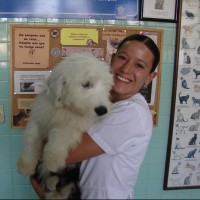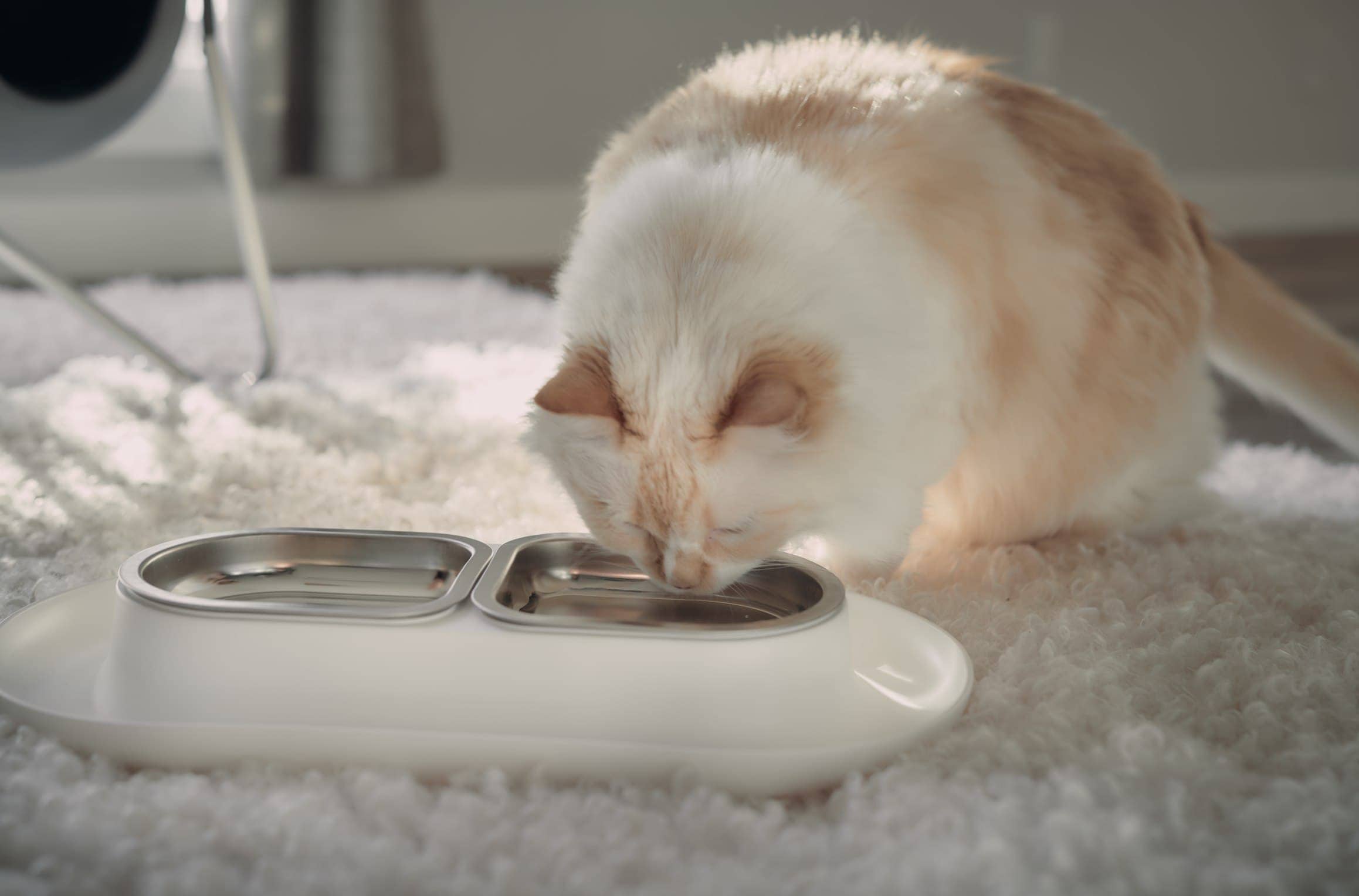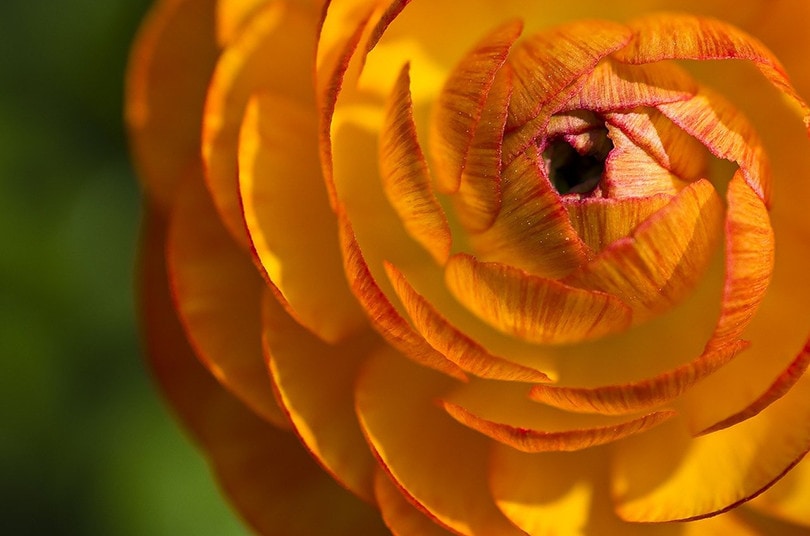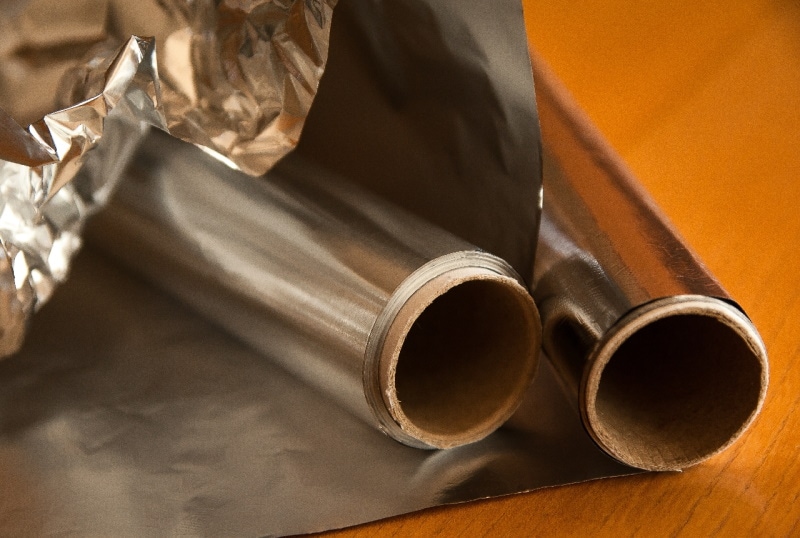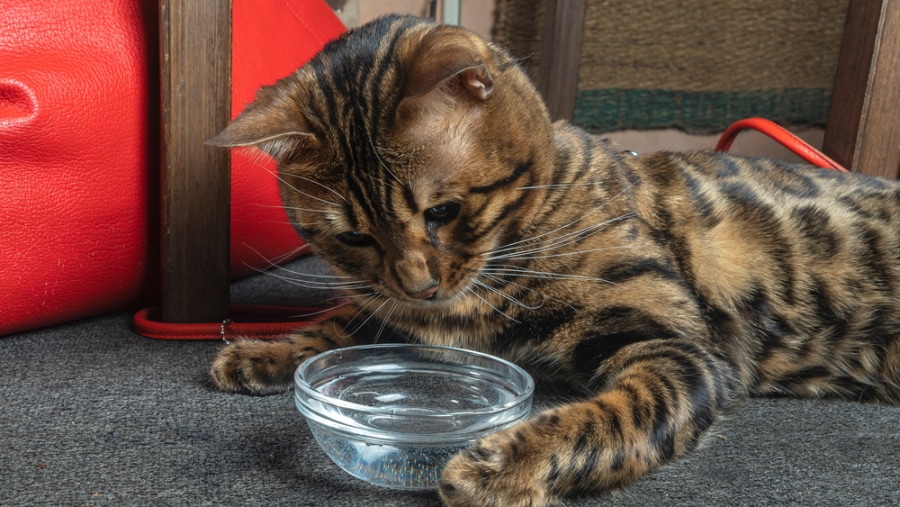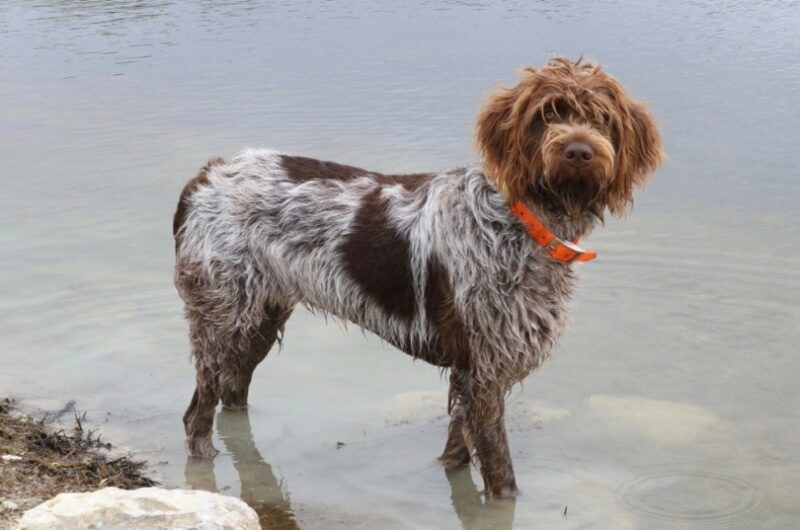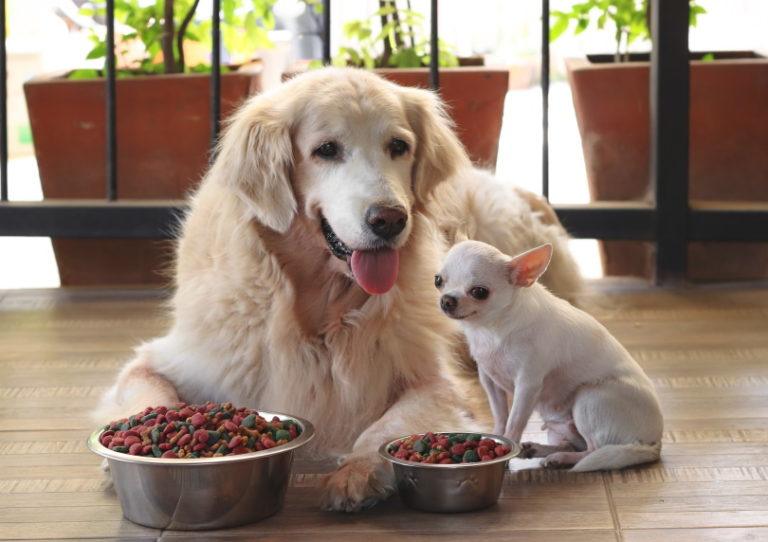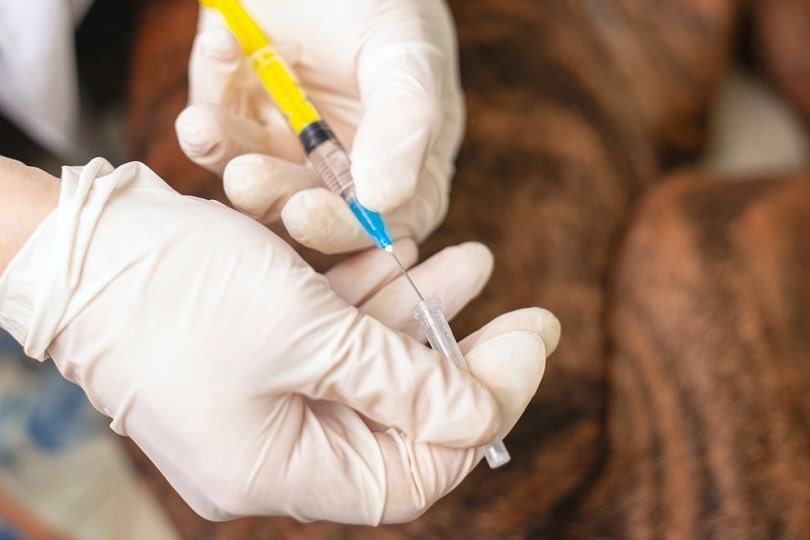Do Cats Like Cold Water or Warm? Vet-Reviewed Facts

Updated on
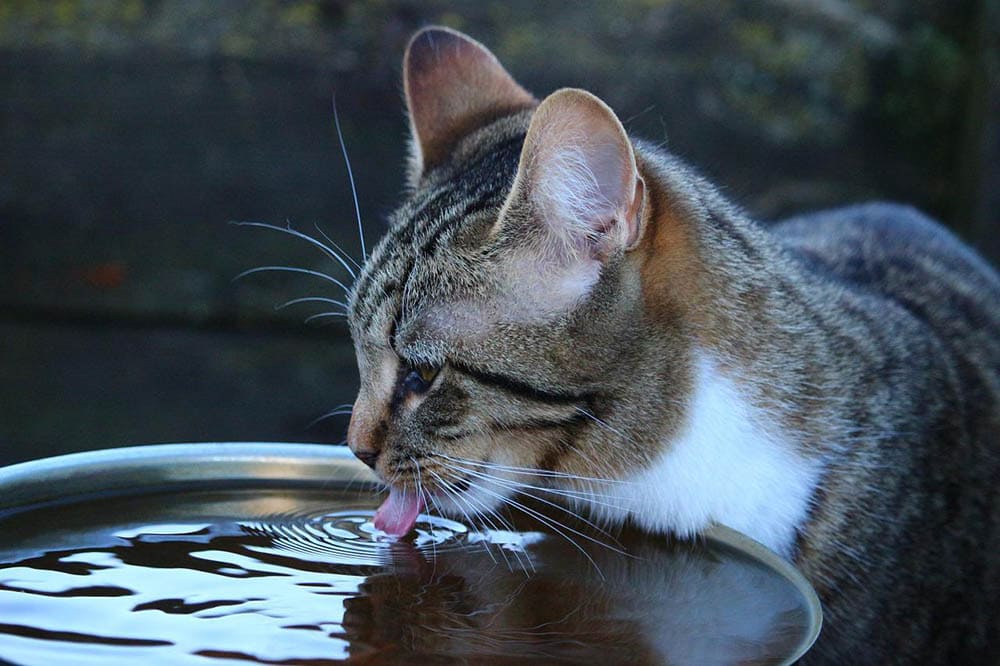
Cats need water, just like any other animal. If they don’t have access to a water dish, they may start to become dehydrated and their health may suffer. When it comes to keeping your cat hydrated, some people believe that colder water is best because it helps speed up their metabolism and keep them cool, while others argue that room temperature water is just as good because it’s more comfortable for them.
As a general answer, the vast majority of cats prefer cool to cold water because they prefer fresh, running water to stagnant, warm water. Read on to find out the details of what veterinarians have to say about this question, how to find out which one your cat prefers, why they may have that preference, and the best ways to make sure your cat is getting enough hydration.
Why Many Cats May Prefer Cooler Water
The vast majority of cats prefer cool to cold water because they prefer fresh, running water to stagnant, warm water. This preference can be explained by the fact that a cat in the wild would prefer clean water from a flowing spring. Cats may also prefer cold water because it can help to cool them down. When a cat gets too hot, their body temperature will be higher than normal. Drinking cold water can help to bring their temperature back down to a healthy level.
In addition, cats may enjoy the taste of cold water or find it refreshing. It’s perhaps this premium on freshness that also explains some cats’ innate affinity for flowing water. Domestic cats will often drink from a running faucet or cat fountain. This positive association with coolness and movement is likely an evolutionary adaptation that served to keep them well-hydrated in the wild.
Is It OK to Give My Cat Ice Cubes?
Many cats enjoy the sensation of playing with ice cubes, possibly because it is a new and different experience for them. Some cats may enjoy licking the ice cube, which can provide them with a refreshing sensation. It is safe to give your cat ice cubes, but you should avoid giving them too many since it can cause “brain freeze”, tooth sensitivity, discomfort, and even stomach upset in some cats.
When a cat drinks water that is too cold, the sudden temperature change causes their brain to react by narrowing the blood vessels in an attempt to keep the internal temperature of the brain stable. This could potentially cause discomfort or what we know as a “brain freeze” sensation. The cold might also trigger their highly sensitive dental nerves, especially if they suffer from periodontal disease.
But some cats love them, so you can try giving them a few ice cubes in water to help keep them cool in the summer heat, but avoid putting anything else in the ice cube such as milk or juice, as these are not good nutritional choices for your cat.
How to Find Out What Your Cat Prefers
When it comes to giving your cat a drink, it’s important to keep in mind their personal preference. If you’re not sure whether your cat likes cold or room-temperature water, try putting some of each in a small dish and letting them choose.
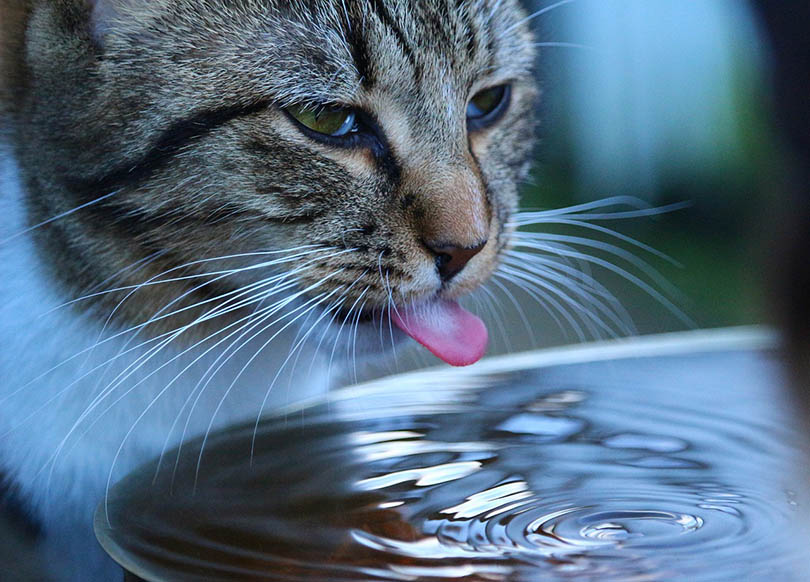
The Importance of Keeping Your Cat Hydrated
Water is essential for all life forms and cats are no exception. Just like humans, cats need water to help regulate their body temperature, digest food, and flush toxins from their system. Water also helps keep cats’ skin hydrated, which is important for their well-being since their skin is the largest organ in their body. Proper hydration helps regulate body temperature, helps keep the cat’s epidermis healthy, and can improve its coat condition. Proper hydration is also crucial for digestion, as it helps with the transportation and absorption of nutrients from food. It also helps flush toxins from the body, keeping your cat healthy.
How Does Dehydration Affect My Cat?
Dehydration can lead to a wide variety of health problems in cats, ranging from mild to life-threatening. Depending on the severity of dehydration, it can affect cats in a number of ways. It can cause them to become lethargic, and their body temperature may drop. Their heart rate may also slow down, and they may stop urinating.
Sustained lack of hydration can lead to a wide variety of health problems in cats, including urinary tract infections, kidney disease, and liver disease. In severe cases, dehydration can lead to seizures and even death. This is because a lack of hydration can lead to a reduced flow of blood and oxygen to the major organs. This can cause the organs to malfunction, which can be fatal.
Cats that drink more water are less likely to develop kidney disease, heart disease, or hypertension.
How Much Water Does My Cat Need a Day?
A cat needs approximately 50 to 60 milliliters of water for 1 kilogram of body weight. Or, in different terms, a cat needs to consume approximately 1 ounce of water per pound of body weight per day in order to stay hydrated. This means that a 10-pound cat needs a minimum of 1.25 cups or 10 ounces of water per day.
But this could change, depending on their size, lifestyle, diet, environmental temperatures, and activity level. For example, cats that live in a warm climate or that are particularly active may need more water than those that live in a cooler climate or are less active. Wet food typically contains up to 80% water, while dry food contains around 5%–10% water. A 10-pound cat that is fed wet food may only need to top up with 1 to 2 ounces of fresh water each day, whereas a cat fed on dry food may need to drink a lot more.
However, all cats should have access to clean, fresh water at all times. They can always refuse it, and it’s better to give them the option because hydration helps keep the cat’s body functioning properly and inadequate fluid consumption can lead to chronic and acute health problems.
How to Encourage Your Cat to Drink More Water
There are a few things that you can do to encourage your cat to drink more water. One is to make sure that their water and water bowl are always fresh and clean, and that there is a dish of water available at all times. You can also try adding more wet food to your cat’s diet, as opposed to dry kibble, as this will help them stay hydrated.
If your cat still isn’t drinking enough water, you can try mixing a small amount of water into their food. You can also try adding a little bit of chicken or fish broth—a favorite flavor for cats—to make it more appealing. Just make sure it is prepared without garlic or onion, as those are toxic for your kitties. It’s also thought that “thickening” the water, i.e., increasing its viscosity, makes it easier for the cat to lap up and therefore more attractive to them.
And since cats have a preference for fresh and moving water, having a water fountain is highly recommended.
If you want to encourage your cat to drink more water, a great cat water fountain can be just the thing.
- Premium 304-Grade Stainless Steel - This metal cat water fountain is hygienic, with superior...
- Serene & Healthy Cat Drinking Fountain Experience - With whisper-quiet pumping & an advanced...
Our Hepper Stainless Steel Cat Water Fountain has a minimalist, modern design, advanced triple filtration, and adjustable water flow. This fountain is quiet, sturdy, and easy to clean, making it a low-fuss addition to your home.
Conclusion
In conclusion, it seems that cats prefer cool-temperature water to warm water. However, if you are concerned about your cat drinking enough water, then providing a bowl of any temperature water is better than no water at all. So feel free to give your cat both room temperature and cold water and let them choose which they prefer. In addition, by following the tips provided in this article, you can encourage your cat to drink more water. This is important for their health and can help keep them hydrated.
See Also:
Featured Image Credit: rihaij, Pixabay
